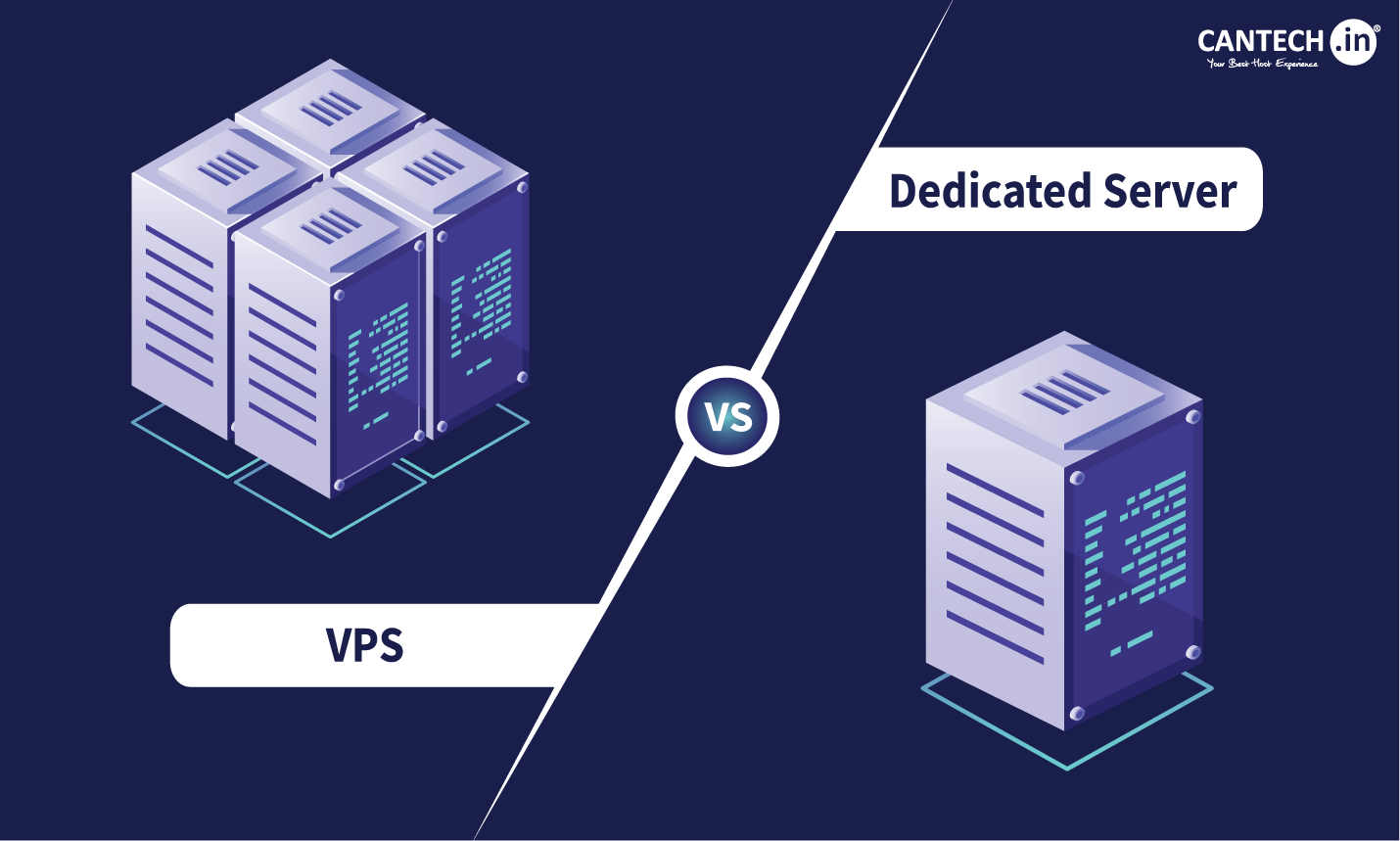Migrating to the cloud has become a critical step for businesses aiming to improve scalability, flexibility, and cost efficiency. However, despite its many benefits, the journey to the cloud is often met with significant challenges that can impact timelines, budgets, and performance. Understanding these challenges in advance is key to a successful migration strategy.
For a complete guide to cloud adoption, explore Cloud Computing & Enterprise Adoption: A Complete Guide for Businesses.
1. Data Security and Compliance Risks
One of the primary concerns during cloud migration is maintaining data security and meeting regulatory compliance requirements. Businesses must ensure that sensitive information is protected throughout the migration process and that they adhere to industry-specific regulations such as GDPR, HIPAA, or ISO standards.
Key considerations include:
- Encrypting data during transfer and storage.
- Implementing strict access control policies.
- Choosing a cloud provider with strong compliance certifications.
2. Downtime and Business Disruption
Migrating workloads to the cloud can cause temporary downtime if not properly planned. Even short interruptions can lead to revenue loss, customer dissatisfaction, and productivity issues.
How to minimize downtime:
- Conduct migrations during low-traffic hours.
- Use phased migration instead of a full “lift-and-shift.”
- Employ backup and rollback strategies to prevent data loss.
3. Legacy System Compatibility
Many businesses operate on legacy applications that may not integrate seamlessly with modern cloud platforms. Rewriting, re-architecting, or replacing these systems can be costly and time-consuming.
Possible solutions:
- Use hybrid cloud models to maintain certain workloads on-premises.
- Modernize applications before migration.
- Leverage middleware to bridge compatibility gaps.
4. Cost Overruns and Budget Mismanagement
Cloud migration can become more expensive than anticipated due to hidden costs, such as:
- Data transfer fees.
- Ongoing storage and compute charges.
- Costs for additional security tools or specialized staff.
Cost control strategies:
- Perform a thorough cost-benefit analysis.
- Use cloud cost monitoring and optimization tools.
- Avoid over-provisioning resources.
5. Lack of Skilled Personnel
A shortage of cloud migration expertise is a common challenge. Without the right team, organizations risk poor configuration, inefficient processes, and potential security gaps.
Best practices:
- Invest in cloud training for in-house staff.
- Partner with experienced IT service providers like Singleclic.
- Hire certified cloud engineers for critical migration stages.
6. Vendor Lock-In Risks
Choosing a cloud provider without considering long-term flexibility can lead to vendor lock-in, making it difficult and costly to switch providers in the future.
Avoiding vendor lock-in:
- Use open-source tools and multi-cloud strategies.
- Negotiate favorable contract terms.
- Design systems with portability in mind.
Conclusion
Migrating to the cloud offers immense opportunities for business growth, but it also presents challenges that require careful planning and execution. By addressing security, downtime, legacy compatibility, costs, skills, and vendor lock-in concerns, companies can make their transition smoother and more efficient.
Singleclic, with its expertise in software development, cloud hosting, cybersecurity, and IT infrastructure, provides tailored solutions to ensure a seamless migration process for businesses across various industries.
Contact Singleclic Today:
📞 +2 010 259 99225 | +971 42 475421 | +966 58 1106563
🌐 https://singleclic.com
People Also Ask
What factors to consider when selecting a cloud service provider?
Evaluate security, compliance, scalability, cost, and service reliability.
What are the 5 key features of cloud computing?
On-demand self-service, broad network access, resource pooling, rapid elasticity, and measured service.
What is the main requirement of a cloud service provider?
Robust security, high availability, and compliance with relevant industry standards.
Which key consideration for the selection of cloud computing?
Alignment with business goals, technical requirements, and budget constraints.









